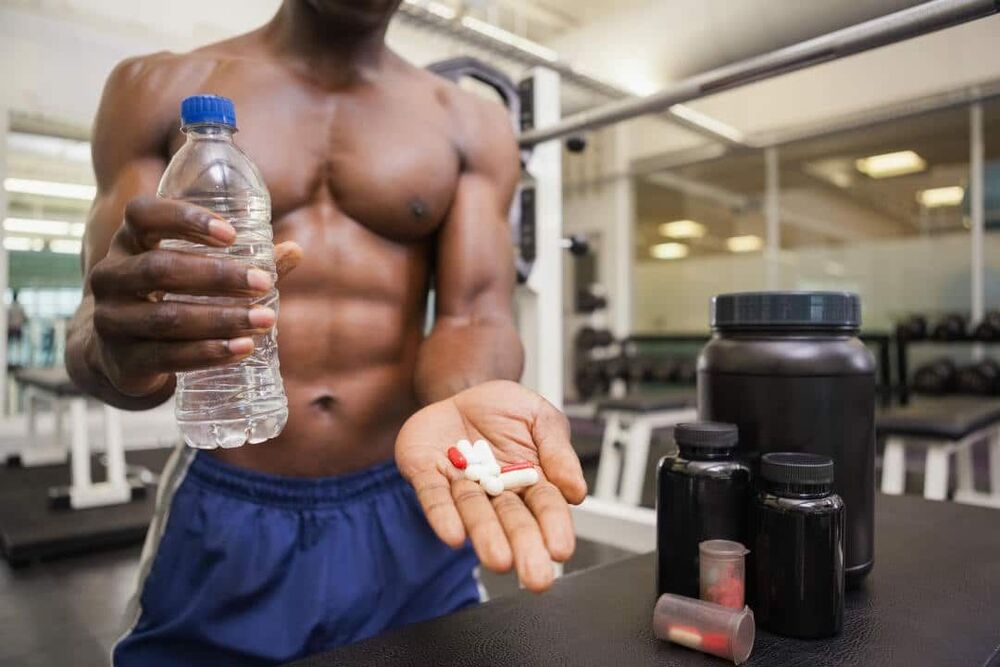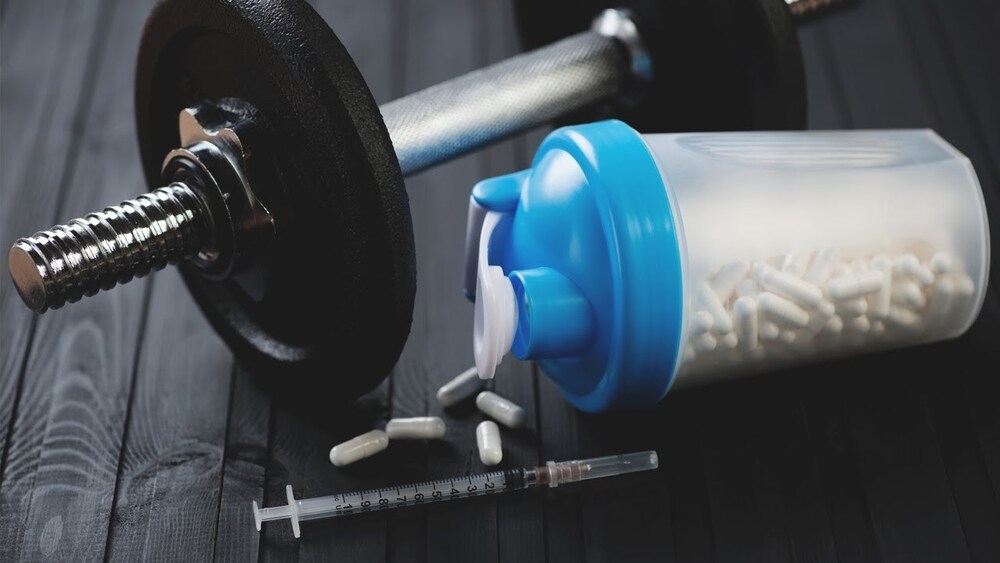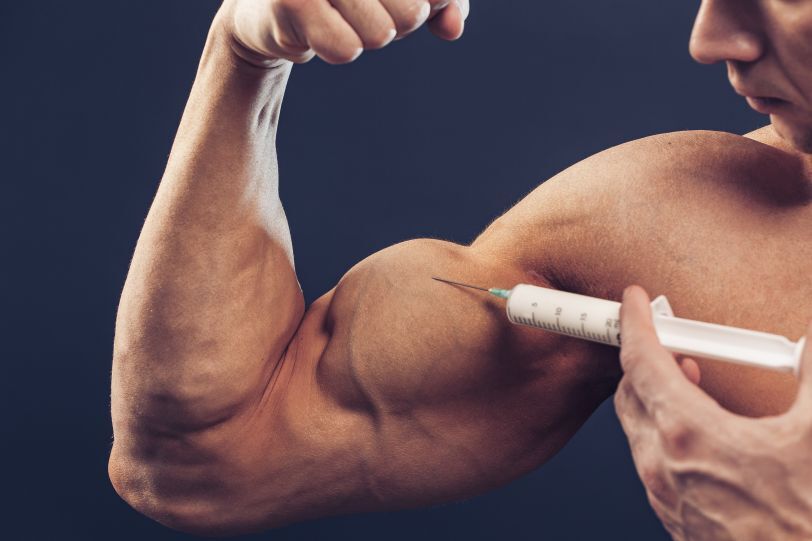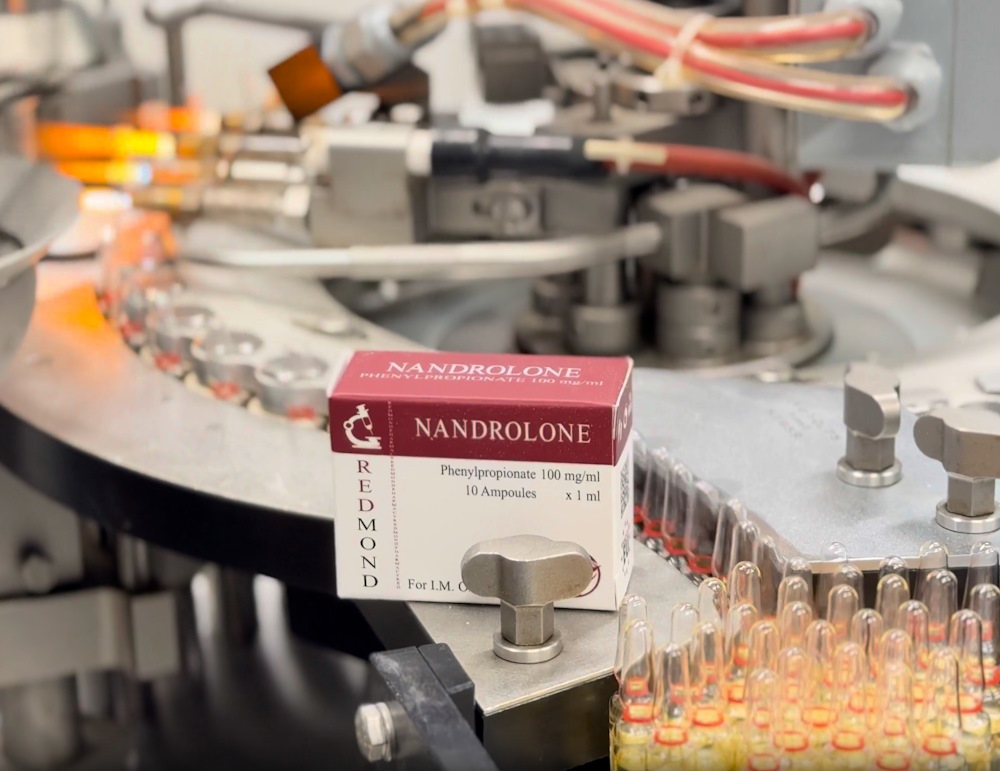3 September, 2024

The choice of oils and solvents in formulating injectable anabolic steroids is essential to achieving the desired stability, release rate, and patient comfort. Each type of oil and solvent has specific viscosity characteristics that influence how steroids are absorbed and released into the bloodstream. Below is an overview of commonly used oils and solvents, their viscosity at room temperature (20–25 °C), and the roles they play in steroid release.
| Primary Oils Used in Formulations | ||
| Oil | Viscosity (cP) | Advantages |
| Sesame | ~35–40 | Low viscosity, long shelf life, compatibility with most solutions. |
| Olive | ~80–85 | Strong solvent properties, though thicker than other oils. |
| Grapeseed | ~35–40 | Low viscosity, high biocompatibility, stability. |
| Cottonseed | ~50–55 | Resistant to oxidation, excellent solvent. |
| Peanut | ~40–45 | Affordable and stable, though with potential allergen concerns. |
| Macadamia | ~35–40 | Biocompatible and stable, though less widely used. |
| Avocado | ~75–80 | Excellent biocompatibility, though thicker and costlier. |
| Castor | ~1000 | High density and retention capacity, though its high viscosity limits application. |
The Role of Oil Viscosity in Testosterone Release
Viscosity in oil-based testosterone formulations significantly affects the rate of release into the bloodstream, impacting effectiveness and duration. Here’s how oil viscosity impacts the absorption and release process:
| High-viscosity oils | Low-viscosity oils | |
| Absorption Rate from Muscle Tissue. | Slows diffusion through muscle tissue, creating a depot effect that extends testosterone release. | Enable quicker absorption and a more rapid testosterone release. |
| Depot Effect Formation | Dense oils form thicker droplets at the injection site, releasing testosterone gradually. | Low-viscosity oils disperse faster, resulting in a shorter but more intense release period. |
| Duration of Action | For long-acting esters (like enanthate or cypionate), higher viscosity oils help sustain the hormone’s effect by slowing absorption. | For short-acting esters (like propionate), lower-viscosity oils may be preferred for faster onset. |
| Resistance to Metabolism | Slows depot breakdown, prolonging release. | Offers a faster onset, ideal for immediate effect. |
| Bioavailability and Blood Concentration Stability | Stabilize blood levels, reducing hormone fluctuations. | Oils produce rapid peaks, followed by quicker declines, leading to fluctuations. |
| Specialty Solvents and Excipients | ||
| Viscosity | Advantages | |
| Ethyl Oleate | ~10 cP | Very low viscosity, ideal for concentrated solutions. |
| Benzyl Benzoate (BB) | ~7 cP | Enhances solubility; often used in small amounts. |
| Benzyl Alcohol (BA) | ~5 cP | Commonly added as a preservative and antiseptic. |
| Miglyol 840 and Miglyol 812 | ~10–15 cP | Biocompatible synthetic coconut-based oils with low viscosity. |
| Propylene Glycol | ~40–50 cP | Often used in oral solutions but less suitable for injections. |
| Medium-Chain Triglycerides (MCT Oil) | ~25–30 cP | Low viscosity and high biocompatibility, derived from coconut oil. |
| Less Common Solvents | ||
| Isopropyl Myristate | ~6 cP | Very low viscosity, but can be irritating. |
| Decanoate Esters | Note: Viscosity varies; primarily used in specialized pharmaceuticals. | |
Potential Toxicity and Risks of Common Solvents
Some solvents in injectable anabolic steroids may pose toxicity risks with prolonged use or high concentrations. Awareness of potential side effects can guide safer selection and use.
- Ethyl Oleate: Known for effective dissolution but may cause site inflammation and, with prolonged use, impact liver or kidney function in sensitive individuals.
- Benzyl Benzoate (BB): Commonly used for solubility but may cause irritation, allergic reactions, or pain at high concentrations.
- Benzyl Alcohol (BA): Used as a preservative but may be neurotoxic at high levels or with frequent use, causing local irritation.
- Propylene Glycol: Occasionally used as a co-solvent, but may cause discomfort, and long-term use can impact liver or kidney health.
- Isopropyl Myristate: Enhances absorption but can irritate tissues at higher concentrations, so it’s less commonly recommended.
Practical Comparison: Sesame Oil vs. MCT in Testosterone Enanthate (as an example)
| Parameter | Sesame Oil (~35–40 cP) | MCT (~25–30 cP) |
| Initial Release Rate | Slows initial release for a gradual onset. | Quicker diffusion for a faster onset. |
| Peak Levels in Blood | Provides a steady rise, with sustained peak levels. | Creates an earlier peak with shorter duration. |
| Duration of Effect | Extends testosterone release, stabilizing hormonal levels. | Faster decline post-peak, potentially requiring more frequent dosing. |
| Fluctuations in Levels | Reduces fluctuations, minimizing side effects. | More pronounced fluctuations may increase side effect risk. |
Why Sesame Oil is a Preferred Choice
Sesame oil is widely valued in testosterone formulations for its ideal viscosity and unique anti-inflammatory properties, providing a balanced, long-lasting release without the high density of castor oil. Its stability and compatibility with various steroid solutions make it a reliable carrier, while its biocompatibility helps minimize irritation or adverse reactions. With its moderate viscosity, sesame oil creates a steady and stable release profile, which is essential for maintaining consistent blood levels and reducing the frequency of injections.
In addition, sesame oil’s natural anti-inflammatory properties add another advantage, as it can help reduce post-injection pain and inflammation at the site. This quality makes it a preferred oil in situations requiring stable, prolonged action, allowing for a more comfortable experience and steady hormonal balance.
We use the most optimal oil: pure sesame oil — ensuring the highest quality of our products.






















